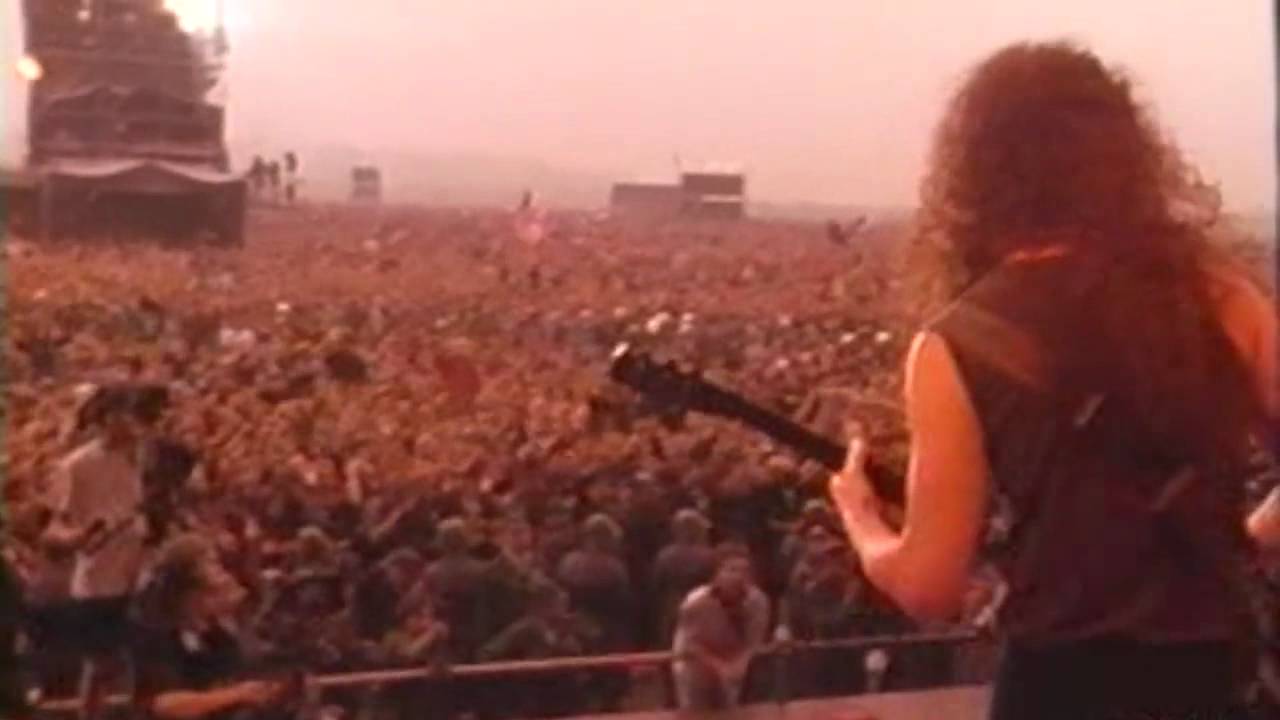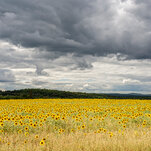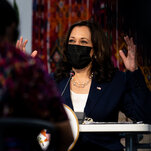Discovering the Philippines: A Tropical Paradise of Adventure, Culture, and Warmth
Why the Philippines Should Be Your Next Destination
With more than 7,000 islands, crystal-clear waters, and some of the friendliest locals in the world, the Philippines is a dream destination for travelers craving sun, sand, and unforgettable experiences. From world-class diving spots and vibrant cities to lush rice terraces and colonial towns, the country offers a diverse range of attractions that suit every kind of traveler.
Whether you’re seeking a relaxing beach vacation, an adrenaline-pumping adventure, or a deep dive into history and culture, this Southeast Asian gem should be at the top of your bucket list. Here’s everything you need to know before planning your trip to the Philippines.
When to Visit the Philippines: Best Time to Travel
The Philippines has a tropical climate with two main seasons: dry (November to May) and wet (June to October). The best time to visit is during the dry season, particularly between December and March, when the weather is ideal for beach activities and island hopping.
Travel Tip: If you want to avoid crowds and inflated prices, aim for the shoulder months—November or early May—for pleasant weather and fewer tourists.
Getting There and Getting Around
Major entry points: Most international travelers arrive via Ninoy Aquino International Airport (NAIA) in Manila or Mactan-Cebu International Airport in the Visayas region.
Transportation within the country:
- Flights: With over 7,000 islands, domestic flights are the fastest way to travel between regions. Philippine Airlines, Cebu Pacific, and AirAsia operate regularly.
- Ferries and Boats: For island-hopping, ferries and bangkas (traditional boats) are widely used.
- Land travel: Jeepneys, tricycles, buses, and ride-hailing apps (like Grab) are common for local transport.
Top Destinations in the Philippines
1. Palawan – The Crown Jewel of Island Paradise
Often dubbed as the most beautiful island in the world, Palawan boasts dramatic limestone cliffs, turquoise lagoons, and secret beaches.
- El Nido: Known for its spectacular limestone formations and island-hopping tours (Tour A-D).
- Coron: Ideal for wreck diving and saltwater lakes like Kayangan Lake.
- Puerto Princesa: Home to the UNESCO-listed Underground River.
Must-do: Join an island-hopping tour, snorkel in clear waters, and watch the sunset in Nacpan Beach.
2. Cebu – Culture, Waterfalls, and Whale Sharks
A blend of urban excitement and natural wonders, Cebu is perfect for those who want it all.
- Oslob: Swim with whale sharks (ethically, with a certified guide).
- Kawasan Falls: Famous for its bright turquoise water and canyoneering adventures.
- Moalboal: Known for the sardine run and top-tier diving spots.
Bonus: Cebu also offers historical attractions like the Magellan’s Cross and Basilica del Santo Niño.
3. Boracay – The Iconic White Sand Island
After a major cleanup and rehabilitation, Boracay is better than ever. Its powder-fine sand and vibrant nightlife make it one of the best beach destinations in Asia.
- White Beach: Divided into Stations 1, 2, and 3, each catering to different vibes—from luxury to budget.
- Puka Beach: Less crowded and more serene than White Beach.
Activities: Parasailing, kite surfing, paddle boarding, and enjoying epic sunsets.
4. Bohol – Unique Landscapes and Wildlife
Perfect for eco-tourism lovers, Bohol offers a more laid-back vibe and incredible biodiversity.
- Chocolate Hills: Over 1,200 unusual grass-covered hills that turn brown in summer.
- Tarsier Sanctuary: See the world’s smallest primates in a protected setting.
- Panglao Island: Great for diving and pristine beaches.
5. Banaue & Sagada – Culture and Mountain Views
If you want a break from the beaches, head north to Luzon’s Cordillera region for cool mountain air, rice terraces, and indigenous culture.
- Banaue Rice Terraces: Often referred to as the “Eighth Wonder of the World.”
- Sagada: Famous for its hanging coffins, spelunking, and sunrise at Kiltepan Viewpoint.
Food in the Philippines: What to Eat
Filipino cuisine is a delicious blend of Malay, Spanish, Chinese, and American influences. Must-try dishes include:
- Adobo: A savory stew of chicken or pork cooked in soy sauce, vinegar, and garlic.
- Sinigang: A tangy tamarind-based soup.
- Lechon: Whole roasted pig, especially popular during festivals.
- Halo-Halo: A colorful shaved ice dessert with sweet beans, fruits, and leche flan.
Street food lovers should try isaw (grilled chicken intestines), kwek-kwek (fried quail eggs), and balut (a fertilized duck egg—a true dare!).
Cultural Etiquette and Local Insights
Filipinos are known for their hospitality and friendliness. A few tips to make your experience smoother:
- English is widely spoken, especially in cities.
- Dress modestly when visiting religious sites.
- Tipping is not mandatory but appreciated (around 10% in restaurants).
- Avoid confrontation; Filipinos value politeness and indirect communication.
- When entering someone’s home, take off your shoes.
Festivals and Local Celebrations
Joining a local festival is one of the best ways to experience the spirit of the Philippines.
- Sinulog Festival (Cebu – January): A colorful parade honoring the Santo Niño.
- Ati-Atihan (Aklan – January): Known as the “Mother of All Philippine Festivals.”
- Panagbenga (Baguio – February): A month-long flower festival.
- MassKara Festival (Bacolod – October): Famous for smiling masks and street dancing.
Safety and Practical Tips
- Currency: Philippine Peso (PHP). Credit cards are accepted in major areas, but cash is king in rural spots.
- Connectivity: Local SIM cards with data (Globe, Smart) are cheap and widely available.
- Health: No vaccines are required for entry, but travelers should drink bottled water and consider anti-mosquito precautions.
- Safety: Generally safe, but watch out for pickpockets in crowded areas. Check local advisories if heading to Mindanao.
Sustainable and Responsible Travel
As tourism grows, it’s vital to travel sustainably:
- Avoid using single-use plastics.
- Support local businesses—buy handicrafts, dine at family-owned eateries.
- Respect marine life—never touch coral or wildlife while snorkeling/diving.
- Choose certified eco-tours.
Sample Itinerary: 2 Weeks in the Philippines
Day 1-3: Arrive in Manila, explore Intramuros and Makati
Day 4-7: Fly to Palawan (El Nido), go island hopping
Day 8-10: Travel to Cebu – swim with whale sharks, visit Kawasan Falls
Day 11-13: Relax in Bohol or Panglao
Day 14: Return to Manila and fly out
Why You’ll Fall in Love with the Philippines
The Philippines offers more than just beautiful beaches. It’s the people, the smiles, the flavors, and the rhythm of island life that captivate travelers time and time again. From quiet retreats to high-energy adventures, this country truly has something for everyone. And once you’ve been, you’ll understand why so many return again and again.
So pack your bags, bring your sense of adventure, and get ready to discover a tropical paradise unlike any other.











